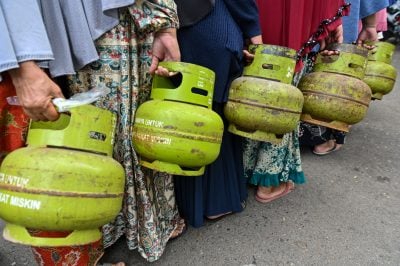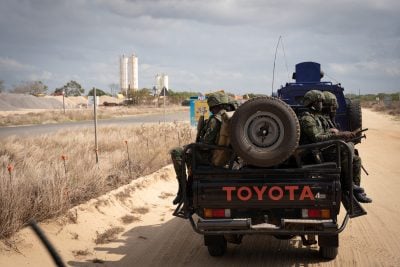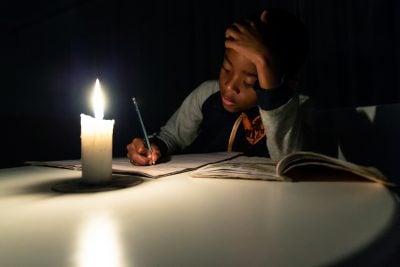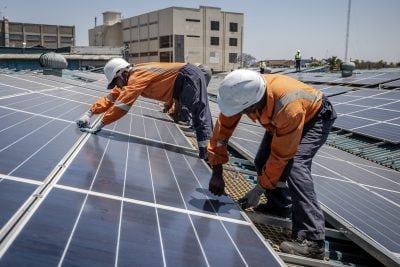Ghana is one of the fastest growing economies in Africa and as oil revenues start to kick in effectively, the benefits of growth are likely to be felt more widely in society. But, unless the country can rapidly increase its energy supplies, all the current pluses could turn into minuses. Eric Kwame Amesimeku, in Accra, discusses this blot on the Ghanaian economic landscape.
The robust growth of Ghana’s economy in recent years has come with it a corresponding demand for energy to power the growth agenda. Like a typical growing economy, the increasing level of energy demand has not been met with adequate supply and thus energy, which forms the bedrock of economic growth, has witnessed a somewhat intermittent flow from available producers in the country.
There has been irregular power supply over the past decade or so, and as expected, this inconsistency is greatly affecting the business climate in Ghana. The current challenges in energy production have brought to the fore the issue of adequate planning and projections.
The Akosombo Hydroelectric Project (Akosombo Dam) until recently, was the main source of power to Ghanaian industries and homes. The dam, which cost the nation around $230m to construct, was seen as an over-ambitious venture and was tagged “the largest single investment in the economic development plans of Ghana.”
Though overambitious at the time, its service to the nation has proven that the resource pumped into its construction was worth it. With a population of around 4m people and an installed capacity of 912 MW as at 1965 when the dam was commissioned, there was adequate power to provide for the needs of the nation and to even export surplus power to neighbouring countries.
So the question that begs for an answer is: what were managers of the country doing between 1965 when there was surplus power and 1998, when the country begun experiencing acute power problems?
While, it is easy to lay the bulk of the blame on the doorstep of leadership, it is important to recognise the fact that energy generation is a hugely capital intensive venture and a developing nation like Ghana cannot do without the help of development partners or private investors.
Unfortunately, Ghana, up until recently, had been starved of the critical financial inflows by external development partners, especially during the years when the country was rocked by power struggles through coups and counter-coups. The financial resources needed to invest in such critical areas of the economy as energy and infrastructure were thus in short supply leading to the continuous reliance on the Akosombo Dam to feed the energy needs of the country.
It can thus not be the case that managers of the nation’s resources were not aware of the fact that energy demands would increase with the growing population. Indeed, records indicate that energy demand has been increasing at an average of 8% over the last three or so decades.
Want to continue reading? Subscribe today.
You've read all your free articles for this month! Subscribe now to enjoy full access to our content.
Digital Monthly
£8.00 / month
Receive full unlimited access to our articles, opinions, podcasts and more.
Digital Yearly
£70.00 / year
Our best value offer - save £26 and gain access to all of our digital content for an entire year!
 Sign in with Google
Sign in with Google 


